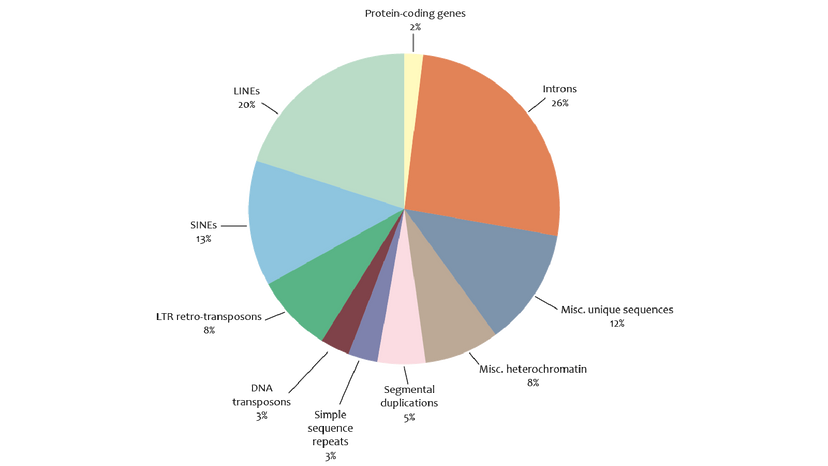
We are now, already, two decades deep into the 21st century. In the past 20 years, Earth-shaking, mind-bending, being-altering changes have upended the way we live and work. We eat differently. We play differently. We communicate differently. We, in many, many ways, simply are different from how we were in the last days of the late 20th century. At this rate, we won't even recognize our world in 2040.
Things have changed, all right; some for the better and some, undoubtedly, for the worse. Here are 20 groundbreaking developments of the first two decades in the 21st century, in no particular order.
Advertisement







